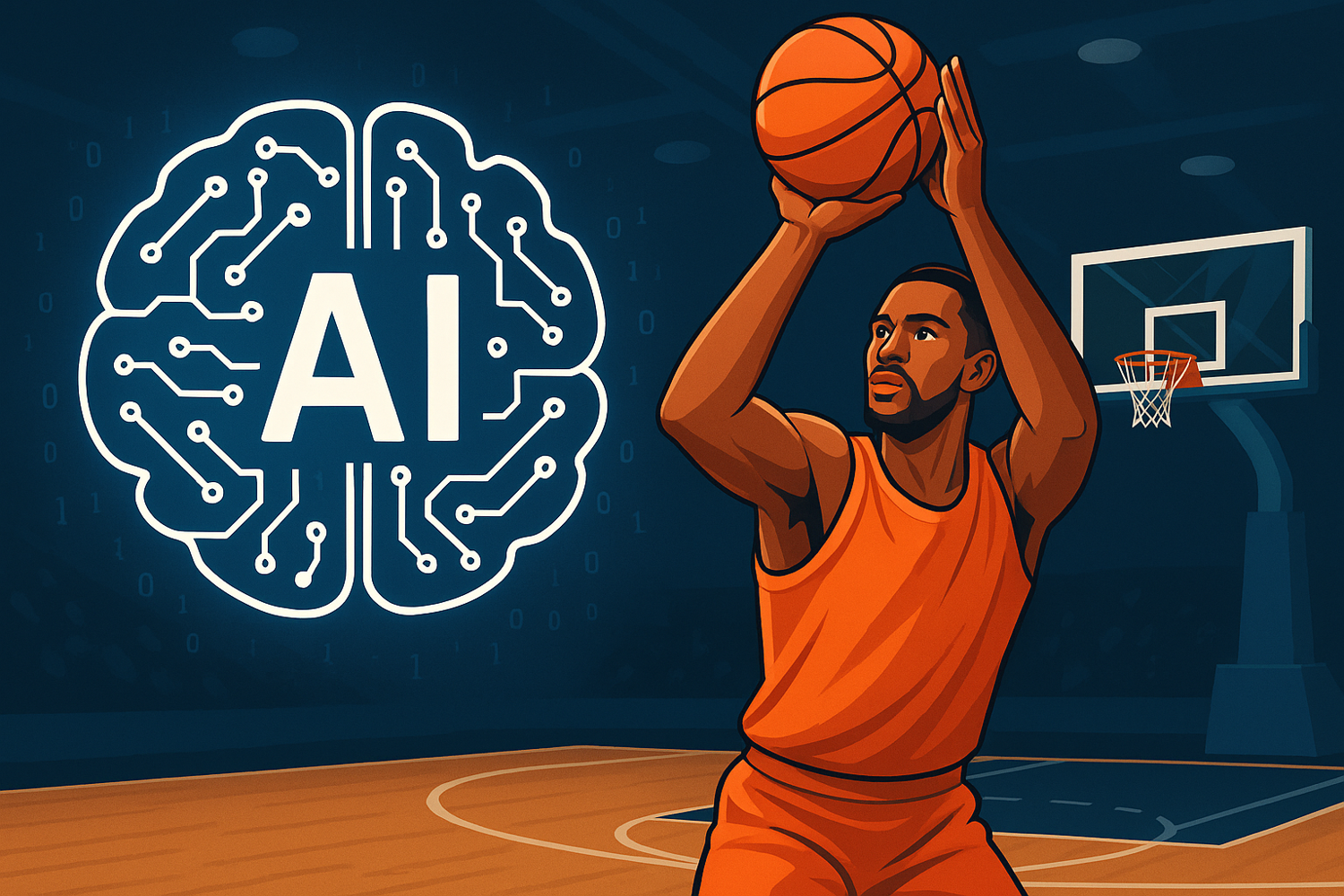
.png)
.png)
In the world of basketball, raw talent and hard work have always been key ingredients for success. But in today’s data-driven era, a new player has entered the court—Artificial Intelligence (AI). From scouting rising stars to refining in-game tactics, AI is transforming how athletes train, perform, and evolve. The race to develop the next MVP (Most Valuable Player) isn’t just happening in gyms—it's happening in the cloud.
Basketball has always embraced innovation, from three-point analytics to wearable tech. However, machine learning is pushing the envelope further. With the ability to digest and interpret vast volumes of data, AI is now offering actionable insights in real time—redefining coaching, performance tracking, and even player health.
At the core of AI’s influence is machine learning, a branch of AI that enables systems to learn from data without being explicitly programmed. In basketball, this involves analyzing:
These insights are then used to create customized training plans, simulate game scenarios, or offer corrective feedback.
Forget gut feelings. Today’s scouts are pairing human intuition with AI tools that analyze historical data, video footage, and social metrics to predict a player's growth potential. Companies like Noah Basketball and Second Spectrum provide platforms that track every movement on the court and offer advanced player profiling.
Machine learning can spot patterns invisible to the naked eye—like how a young guard changes pace off a screen or how efficiently a forward positions for rebounds.
Imagine an AI assistant that not only records your workout but tells you how to improve. With wearables, cameras, and ML models, players can get:
This personalization mirrors what elite players like Steph Curry or Giannis Antetokounmpo get from full coaching staffs—now scaled and accessible via AI.
AI doesn’t stop at training—it’s reshaping how games are played. Coaches use AI-powered systems to:
For example, predictive models can suggest whether to foul or defend in the final seconds, based on win probability data and historical game patterns.
Injuries can derail even the most promising careers. AI systems are now being used to monitor player load, biomechanics, and stress markers. By flagging anomalies early, teams can modify training loads or rest schedules—potentially preventing long-term issues.
Machine learning models trained on thousands of player histories are being used to predict injury risks with increasing accuracy, safeguarding the future of rising stars.
While traditional machine learning focuses on analyzing data, Generative AI goes a step further—it creates. Here's how it’s redefining the future of basketball:
Coaches can use generative AI models to simulate thousands of "what-if" scenarios:
By generating synthetic data and virtual outcomes, teams can test strategies in silico before trying them on the hardwood.
Generative AI can build custom drills and exercises based on a player’s weaknesses. For instance:
This turns every training session into a tailored masterclass.
Tools powered by generative models can auto-generate:
Off the court, generative AI powers immersive fan experiences:
This keeps fans connected to the game 24/7.
Perhaps the most exciting impact is how AI democratizes elite-level insights. High school athletes, amateur coaches, and even streetball players can now access tools once reserved for NBA teams. With a smartphone and the right app, anyone can:
This levels the playing field and opens the door to a wider pool of future MVPs.
The next Most Valuable Player might already be out there—honing their skills with an AI coach, optimizing every dribble, pass, and shot. With machine learning for precision and generative AI for creativity, the modern athlete doesn’t just train harder—they train smarter.
In the battle for greatness, those who embrace AI won’t just play the game—they’ll change it.